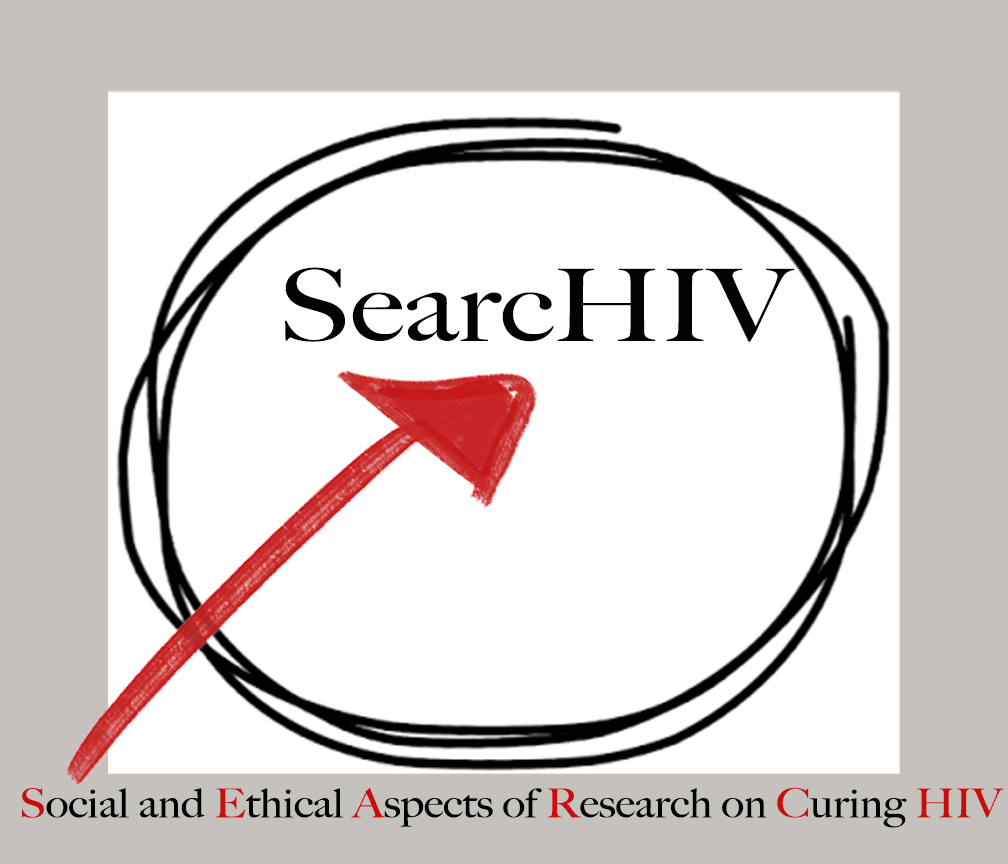By MaryBeth Grewe, MPH and Adam Gilbertson, DPhil
Last Friday, several members of the searcHIV team had the privilege of attending the UNC HIV Survivors’ Celebration, a special event celebrating individuals who have been living with HIV for twenty years or more. The event included dinner, dancing, and speeches given by UNC clinician Lynda Bell, researchers David Margolis and Myron Cohen, UNC chancellor Carol Folt, and NC Congressman David Price. It’s not often that we get to go to events focusing on the major successes in the HIV field or to celebrate the people who have been surviving with this disease. We were deeply inspired by hearing people reflect on the great progress that has been made over the past two decades in terms of the medications available to improve health outcomes for HIV-infected individuals. Instead of dying soon after diagnosis, as happened in the early days, HIV infected individuals with consistent access to care are instead thriving, raising families, and leading longer, healthier, and more productive lives. This is truly something to be celebrated.
While it is good for us all to take a moment to celebrate these tremendous advances and victories that have saved so many lives, at the same time we must continue to work to close the gaps that exist in HIV prevention and treatment. These gaps were recognized at the Survivors’ Celebration, and were also a major focus at the NC HIV/AIDS Advocacy Conference held at Winston Salem State University earlier this month. Along with recognizing the great work being done in the state of NC in making advances in the field and supporting people living with HIV, discussions and presentations at the conference emphasized areas for improvement. Take the HIV Treatment Cascade, for example, which shows that of 1.1 million individuals living with HIV in the United States, only 82% are diagnosed, 66% make it to a first appointment, 37% are retained in care, and just 25% reach viral suppression (AIDS.gov). Although we now have the medication, technology, knowledge, and ability to effectively treat and suppress HIV infections, we lose patients at each step of the treatment cascade, leaving many people with unmet needs related to recognizing and managing their HIV.
In addition to recognizing the great progress we’ve made in the field of HIV, Friday’s event included discussions of future research and the possibility for an HIV cure. Such optimistic discussions inspire us to consider how our current unmet needs and deficiencies in the treatment cascade might affect the future of a cure. If and when we develop a cure, how will we identify and reach out to those living with HIV, ensuring that they receive adequate care and follow-up? Many of the issues we face today regarding HIV care access, adherence, and retention will continue in this age of ongoing cure research and may hinder the eventual roll out of a ‘cure’ in whatever form it may take.

